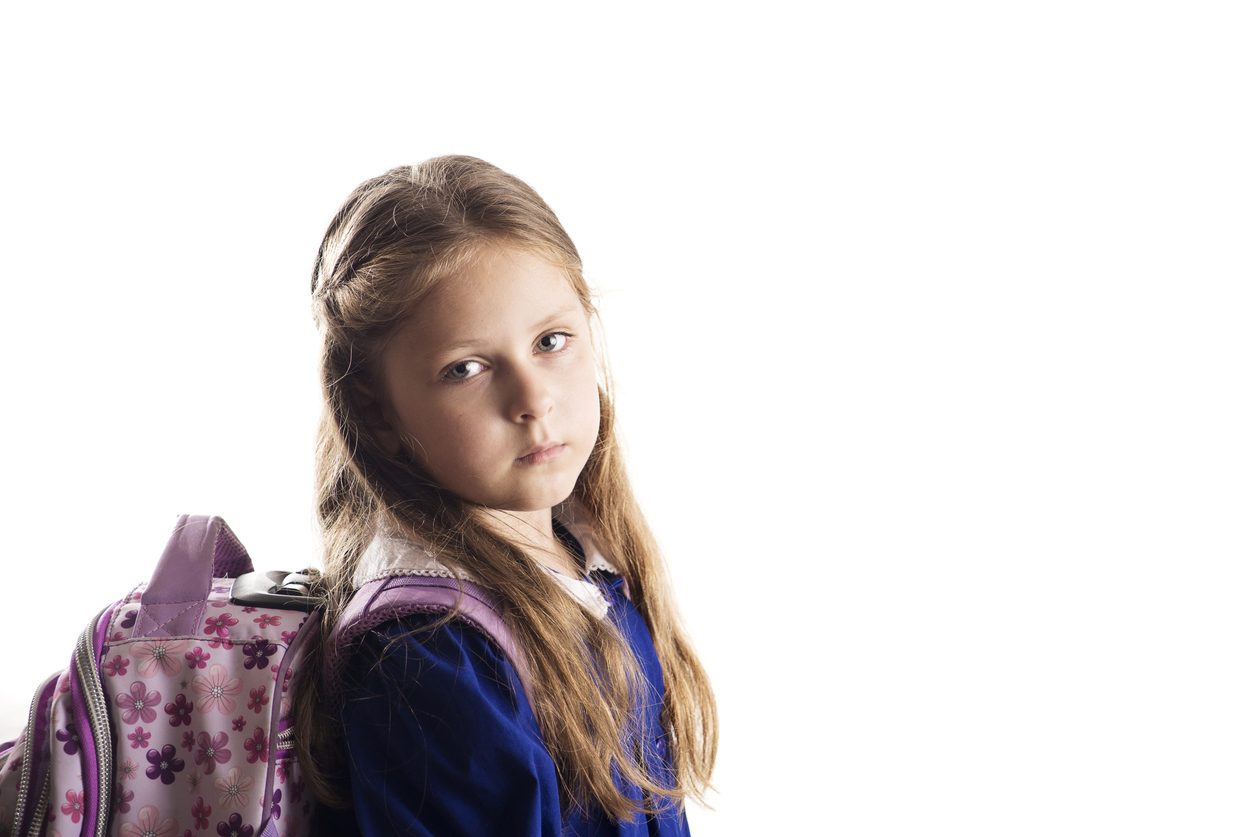
Separation anxiety
February 6, 2019
Separation anxiety is part of normal childhood development. It begins around six months of age and typically resolves by the time children complete preschool. A healthy level of separation anxiety indicates the development of a close bond and attachment to the primary caregiver.
However, about 4 per cent of primary school age children experience excessive anxiety when separated from the parent or primary care giver[1]. These children may persistently worry about being forgotten, or the parent being harmed, or not returning.
Excessive separation anxiety is more common in children who have a parent who:
- is over-protective
- focuses on negatives
- reassures excessively and gives in to the child’s demands
- has unresolved trauma or grief that still impacts on their life
- has on-going concerns about the child and their learning.
Some children have a biological predisposition to ‘fearful shyness’, a tendency to shy away from novel situations. These self-conscious children are at a greater risk of separation anxiety.
Where separation anxiety arises from a parent’s own anxiety, both the parent and the child can fuel each other’s anxiety.
What teachers can do
- Work with the child’s parents. Communicate regularly with the parents. Develop a clear age appropriate plan, including a morning drop-off ritual, and parent-agreed teacher intervention for failed ritual. For example, with a young child, the teacher might take the child gently by the hand and walk to a specified area and the parent will say, ‘See you later. I will pick you up when the bell rings at the end of the day.’ The parent then leaves immediately.
- Reassure parents that the child is supported after the parent leaves. Explain that the child is fine shortly after the parent departs and that activities and responsibilities help the child to settle in the classroom.
- Develop an agreed morning ritual with the parent. Design the ritual to increase feelings of certainty and security for the child and to reduce emotional distress. The ritual requires two key steps:
Step 1: Establish a specific ‘see you later’ area.
Step 2: Provide a structured or developmental play arrival activity.
- For more practical strategies check out the Psych4Schools ebooklet, Working with children with separation anxiety.
- Draw from the following ideas to support the parents.
How parents can support their child
- Allow the child to bring something to school that belongs to the parent. The object can remain in the child’s pocket during the day. For example, a small photo, piece of fabric with the mother’s perfume, a charm or a note from the parent. As separation anxiety reduces, have the child move to voluntarily placing the treasured item in their schoolbag or give it to the teacher for safekeeping.
- Be mindful with your body language. Frowning, getting flushed, crying and anxious verbal messages about being careful, not getting hurt at playtime, and so on should be avoided. Stay calm despite any child tantrums or clinging sobs.
- Listen to your child’s worries and don’t dismiss their concerns. Name, validate and normalise the worries. For example, ‘It sounds like you might be a bit nervous about today. That makes sense, doing new things can be a bit scary. Often kids your age feel this way. But you can cope. You did it yesterday.’
- Help them calm down with a few deep breaths, distract them, and if possible, help them to engage in an activity.
- Have a routine for leaving such as ‘Kiss, cuddle, see you later’, or ‘High five, low five – Bye!’ Look for the opportunity to leave quickly. Once you are gone the child will settle soon.
More ideas for parents
- Practice how to name, validate and normalise the child’s worries across all aspects of daily living.
- Reduce ‘busyness’ at home. Slow things down, do one thing at a time and find ways to do less.
- When you go out leaving the child at home with family, a friend or a baby-sitter, initially go out for 30 minutes a few times so the child builds trust that you will return.
- Don’t broadcast or keep talking about going out. Keep it casual. Let the child know briefly in advance that it will happen, then when you leave don’t make it a big deal. Tell your child you are going out and will return soon, then leave promptly.
- Are you anxious or stressed? Psych4Schools has self-help resources. For example, For parents: Reduce your stress and worry and Assist your child with stress and worry.
When to seek further assistance
If the separation anxiety is excessive, interferes with the child’s daily functioning, and lasts for more than four weeks, it is essential the child be referred to an appropriate professional. Separation anxiety can co-exist with generalised anxiety disorders and social phobia. Refer the child via the parents to a psychologist or the family doctor. Encourage the parents to follow the recommendations made by the clinician and to share appropriate recommendations with the school.
Murray Evely, Psych4Schools Psychologist/ Guidance Officer
If you are not a member it is easy to join today by clicking here for options Join Now
References
[1]Schniering, C.A., Hudson, J. L., & Rapee, R. M. (2000). Issues in the diagnosis and assessment of anxiety disorders in children and adolescents. Clinical Psychology Review, 20, 453-478.